The main characteristics of sleep apnea
This sleeping disorder is very difficult to detect, because those who suffer from it are usually unaware of the fact that their breathing tends to disrupt during their sleep. These disruptions occur at least a few times in sleep and they can last for ten seconds even, which means that during this period the person in question stops to breathe. This is why unless a partner (or anyone else who is present while the person in question sleeps) does not notice that something is wrong, this sleeping disorder can remain undetected for a very long time.
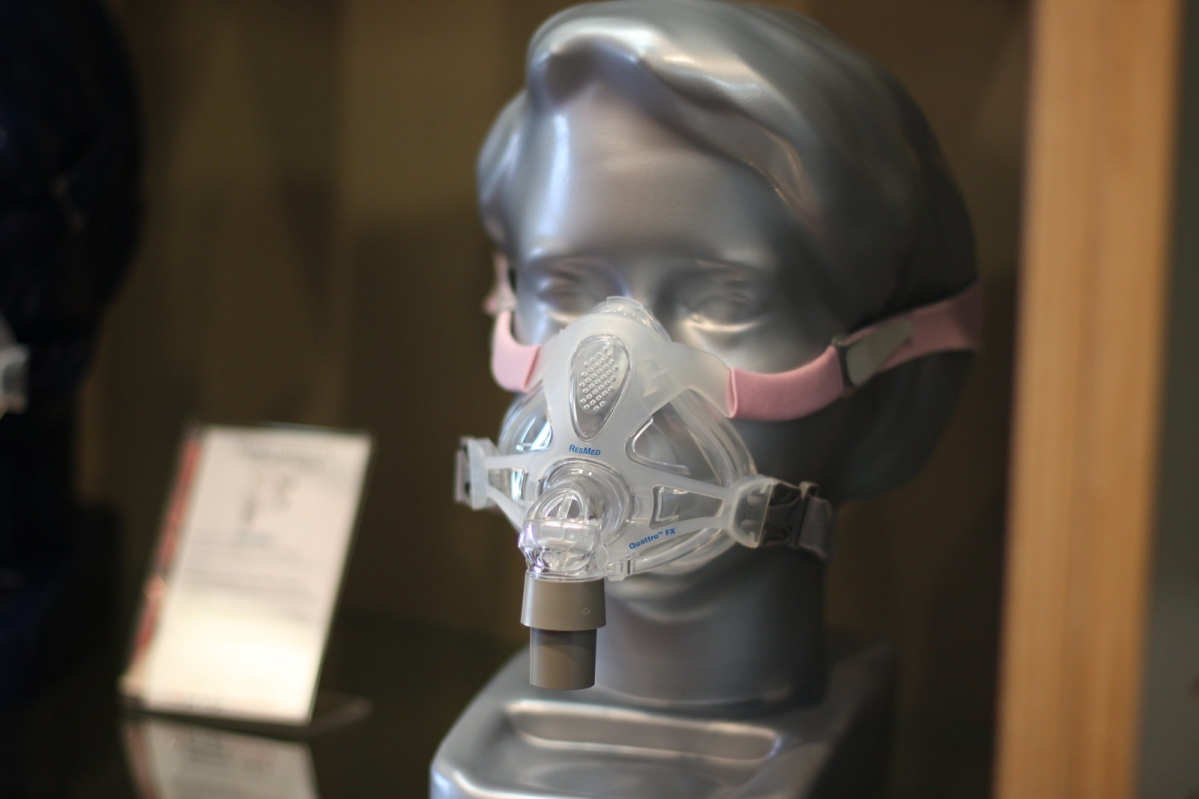
The greatest majority of apneas are obstructive, which means that some physical block to the airflow exists, but there are also central and complex apnea. They cause discomfort and anxiety during the day, as well as tiredness and sleepiness, although the person is usually unaware of the cause. This problem can be treated, but it can even be fatal, though rarely.
The connection between asthma and sleep apnea
Even though they are completely different healthy issues that might not seem to have anything in common, what the results of a number of studies on correlation between asthma and sleep apnea showed is that the conditions in question can certainly aggravate each other. According to the research done at one children’s hospital medical center, female patients with asthma are at much higher risk of developing sleep apnea. Habitual snoring is one of the indicators of this sleeping disorder, and the majority of young female patients with asthma snore in sleep, although people usually do not connect it with sleep apnea because they believe that it does not affect younger people, and women particularly. The real truth is that this sleeping disorder can affect various groups of people, and young females are only one of them.
What another study showed is that asthma can cause sleep apnea, as well as other sleeping disorders. The fact that many people who have asthma complain about sleepiness during the day supports this claim, because it is another indicator of sleep apnea. On the other side, in people who suffer from both conditions, the symptoms of asthma often improve after they undergo a treatment for sleep apnea. All of these results only confirm that there is some kind of connection, but the scientist and researchers are still trying to determine the nature of that connection.


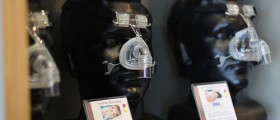
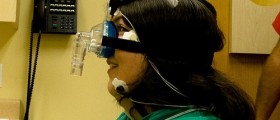
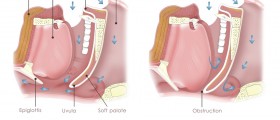
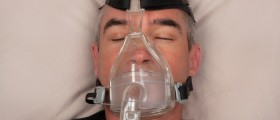
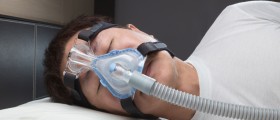
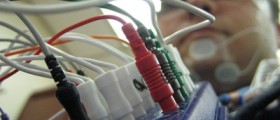

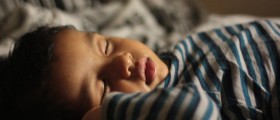

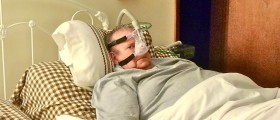

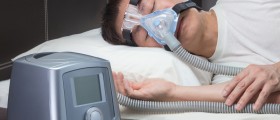
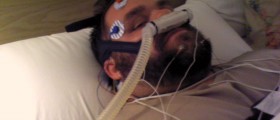

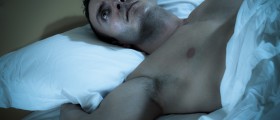
Your thoughts on this
Loading...